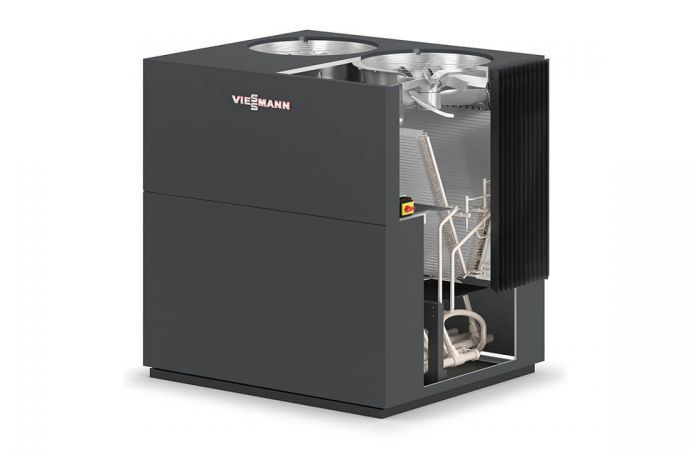A new paper from the HVAC&R component manufacturer looks at global refrigerant trends within the sector.

Table from Danfoss: Global trends in refrigeration and air conditioning (status in 2016)
Natural refrigerants will take centre stage in the greener refrigeration of the future, according to a report published last month by Danish HVAC&R component manufacturer Danfoss entitled ‘Refrigerant options now and in the future’.
A global move towards climate-friendly technology to deliver the objectives of the Kigali and Paris Agreements will lead many manufacturers to see natural refrigerants as “the preferred choice whenever possible, though safety will still be an important factor in regulating the usage of certain refrigerants,” the report predicts.
Training and standards will develop
Danfoss see the obstacles to full market penetration of natural refrigerant falling away over the coming decades.
The report cites two important initiatives launched by the United Nations – the Global Refrigerant Management Initiative (GRMI) and the Refrigerants Driving License (RDL) – as playing crucial roles in providing the training and safety that the industry needs.
“Both initiatives aim at developing the service sector to encourage competent and safe servicing and installations,” the report says.
The future is here
The initiatives are focused on addressing global barriers to low-GWP refrigerants.
The Danfoss report concludes that CO2 and ammonia will continue to be used in industrial applications. It points out that ammonia has already become the preferred choice for industrial refrigeration systems worldwide.
CO2 will increasingly become the dominant technology for the commercial refrigeration industry. Danfoss believes this trend – which started in Europe where around 9,000 transcritical CO2 systems are currently in operation – will continue.
We see the very efficient hydrocarbons playing an important role in low-charge systems."
- Danfoss report
“We see the very efficient hydrocarbons playing an important role in low-charge systems around the globe,” says the report, predicting that hydrocarbon technology will become the standard solution for the domestic and light commercial sector by 2025.
The report warns that barriers remain regarding use of natural refrigerants in air conditioning and heat pumps. Nonetheless it predicts that hydrocarbons will be used as either the main refrigerant or in regular use for these applications in most countries in the world by 2025.
The heat pump industry will also be dominated by ammonia for industrial applications and CO2 will play a role in residential and commercial heat pumps, according to the report.
The full report is available here.
Related stories




